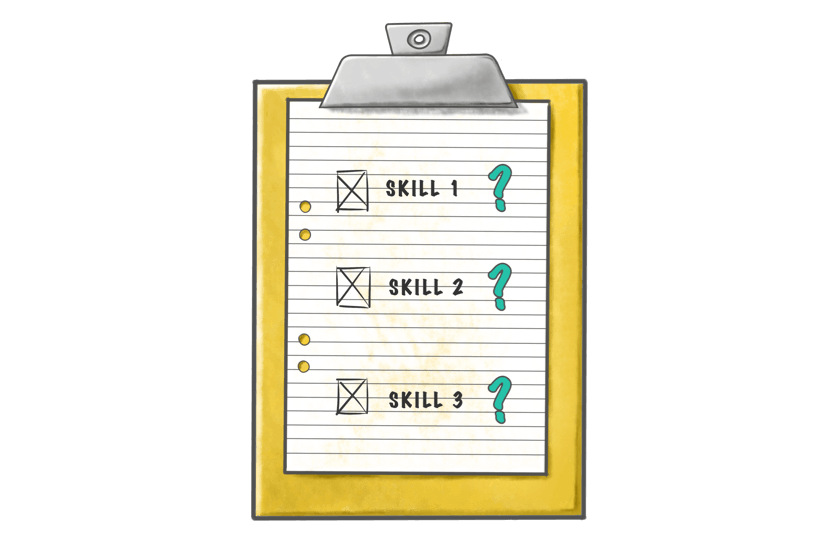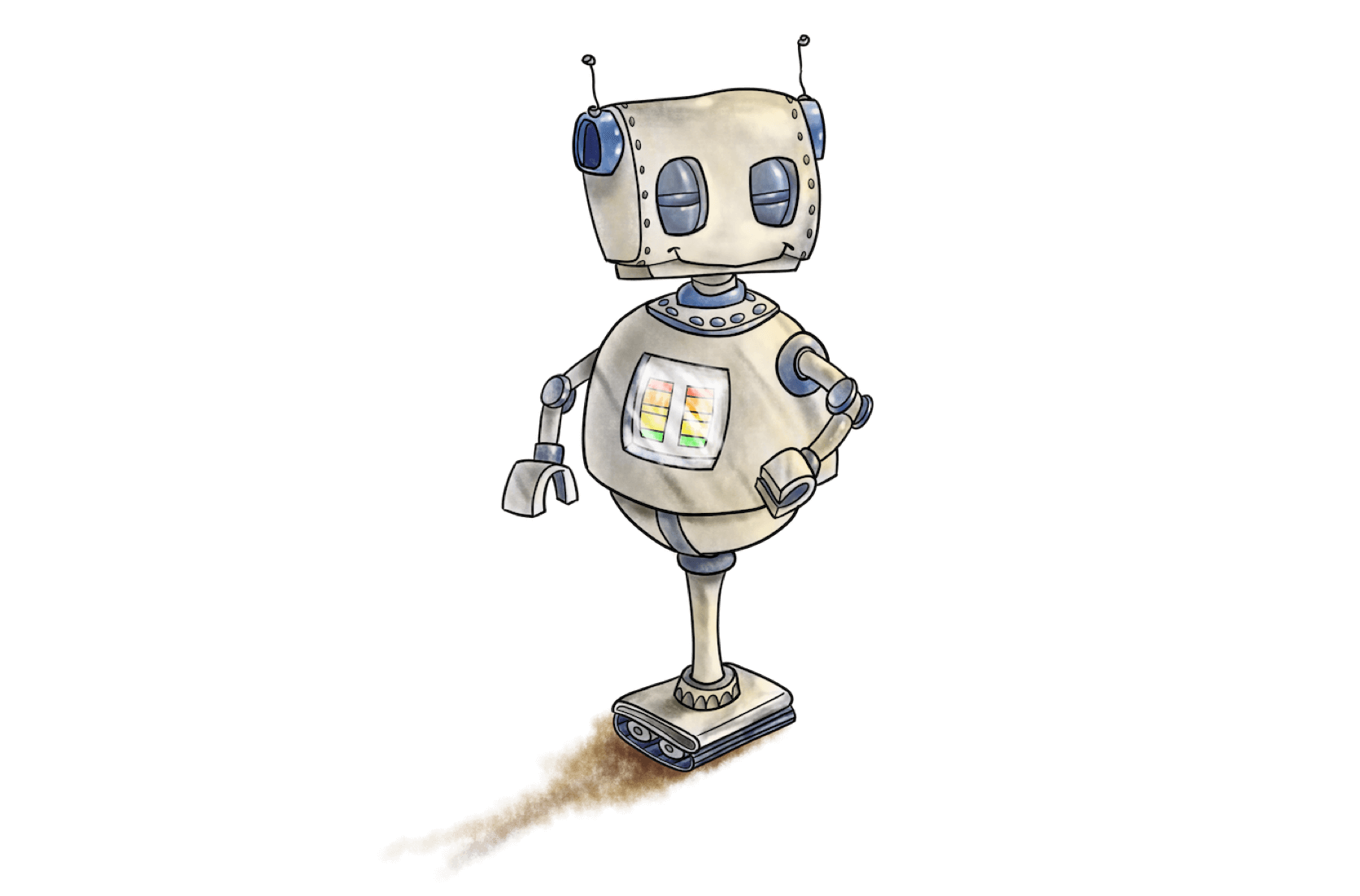
It’s 9am Monday and you’ve got 237 e-mails to reply to. 5 deadlines to meet. A team of reports that desperately need your ‘immediate' attention. And there’s one more thing that you can’t quite put your finger on…
Oh, dear… There’s that 3-day training program this week. Terror strikes. The coffee just doesn’t seem strong enough this morning as you scramble to figure out where those extra hours will come from.
Sound familiar?
Away from training, towards learning
The allocation of time as a resource is so important to the success of any team or organisation. As a population, we’re unashamedly (and a little proud to be) time-poor, and anything that can save us time is worth adapting to, especially when it comes to learning.
Expectations are changing so rapidly that complexity is skyrocketing. Four generations in the one workplace, some that still respond well to in-class training, and others that can’t see a way forward without being glued to a smartphone. These variations can lead to mismatched expectations when coupled with staggered advances in technology that don’t quite add up.
The shifts in the business world (or as it’s more commonly known, the world) are turning the way training is approached inside out. Being dynamic, adaptable and competitive is crucial, and facilitating a learning journey, rather than just learning ‘events’ is the way forward.
Learners need to be able to not only understand but apply their knowledge on the job to make the best decisions. The way towards engaged employees is making it as simple as possible to do their best work — by trimming the fluff. And through the use of microlearning? Fluff-be-gone.
What microlearning is (and what it isn’t)
Simply put, microlearning is pretty reflective of its namesake — little bits of learning. Chunks of knowledge, delivered at the most crucial points in the learning process.
These chunks of content are lightweight in time spent, but knowledge-heavy in their impact on memory and retention. The impact is most reliant on the delivery of the learning, and the research suggests that delivery is best served fresh each day, or at least a few times a week in order to ground new content in the learner’s long-term memory.
Microlearning shouldn’t, however, be assumed to be simply taking one lesson or module and breaking it up. That’s not quite the point.
Sure, I’d probably go as far as saying that you might remember a little more from a 60 minute video if you watched 10 minutes of it at a time. Except much like cutting a cake into 50 tiny pieces and thinking it’s going to be better for you, you’ve still eaten a whole cake. (and no, I’m not speaking from experience…)
Deliciousness aside, that doesn’t quite make sense when we’re trying to save our employees time, does it?
It is, however, an easy way of going about creating microlearning modules. But the easy way out isn’t the path we should take. A little difficulty is good, as without challenge, progress takes a lot longer than it needs to. The central idea to creating microlearning material is figuring out what concepts the learners need to know and will be able to apply, and using those as the basis.
I want you to think about something you are well versed in, a subject matter expert on, or just something you’re good at.
Now think about how difficult it would be to try and explain all of that information to someone in, say, ten minutes? But if you could manage to do it - imagine how powerful that could be? The most important parts of your knowledge, taught to someone else in a way that’s easy to consume and apply when they need it.
Distilling key concepts and using them to guide where the learning should focus on creates a system that’s snappy, relevant and practical.
Seeing as we’re on the topic, I’d better distill some points…
A little guide to make little learning work best:
Make it stick
As much as may can be a bit of skepticism surrounding the ’next big thing’, when combined with learning techniques based on proven neuroscience (link), the benefits are certainly not micro in impact. Techniques that a microlearning system should be built on include:
- Spaced Repetition. As the name suggests, this technique involves repeating information at specific intervals to strengthen knowledge retention (this is based on a curve we chatted about here)
- Retrieval Practice. Having to actively recall information after learning is tricky - but so effective in cementing knowledge. This method trumps traditional methods like cramming, writing and re-writing and thoughtless repetition.
Make it accessible
No matter the format or content, if the material isn’t accessible for the learner, they’re not going to want to use it. Soon, the days of 500 page employee ‘handbooks’, clunky LMS and death by powerpoint will have vanished, and for good reason! Taking advantage of the range of software available on every device (that we hate to love) can allow the learning journey to be developed.
Make it social
A major upside of face-to-face learning is the social nature of the learning. Learners can talk, critique and discuss the content and make connections with the knowledge that they may not have learnt individually. We know that collaboration is key, but where some e-learning can fall short is a lack of communication between learners. Using a platform that’s built on feedback and social elements can make learning considerably more meaningful and relevant.
Make it personal
Learning can go a few different ways:
- It can be so easy that the learner becomes disengaged, or they might already know the content
- It can be too difficult, and the learner might feel discouraged and their confidence level may drop. Or,
- If the stars align, it could be just challenging enough to push the learner to their limits
Each person is different, with different approaches to learning that they find best. That’s why personalising the experience can provide the most value to every learner. Using benchmarks to gauge knowledge levels, and continually providing feedback is a simple way to compare and modify learning paths.
Another exciting avenue is the use of adaptive learning, or machine learning. It might not sound as exciting as self-driving cars (thanks, Uber), but it uses the same sort of technology! Using machine learning means the program can evaluate inputs from the learner to identify patterns and inform algorithms that make decisions. So essentially the type of question and the response a learner gives can determine what sort of questions they are given next, and as they continually learn, so does the computer. Clever, right?
Make it worth it
The big question for any new program or initiative will often ask: ‘Where will we see a return?’ and often, this question is a tricky one to answer. Learning is so personal, and a lot of the time the way it’s measured is quite subjective too.
Without the ability to measure learning by the numbers, it’s hard to determine if it’s working, especially on a larger scale. A platform that uses microlearning can better identify gaps as they arise and keep track of the learner’s performance and improvements against business objectives.
Where does microlearning fit in with your company’s learning?
No matter what type of learning your organisation is using right now, having a good look into where the use of microlearning could be effective is worthwhile.
It’s also good to note that while it’s an awesome way of getting important information to stick fast, some skills and knowledge that require considerable depth may not be conducive to such snappy learning. One (small) size won’t fit all, and that’s okay!
So, where to from here?
The learning game is starting to improve in leaps and bounds in early, higher and corporate education spaces. And through realising the benefits of using solid technology backed by proven learning techniques, your organisation can really ramp up its learning (and we may just do a bit of that around here, if you want to check it out!)















































































































